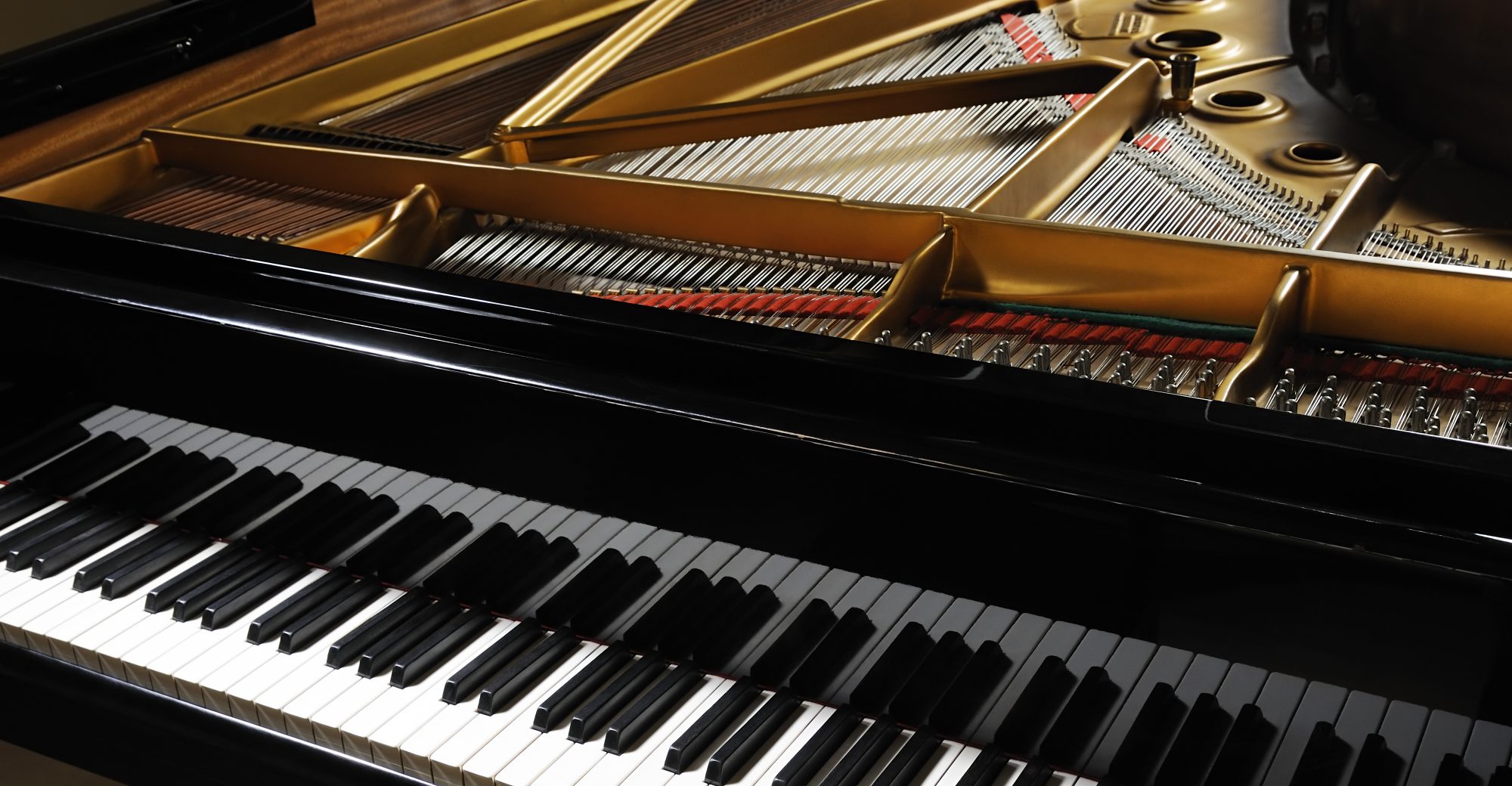This past week, we ordered and received solenoids for testing. We also received a Raspberry Pi 4 from the 18500 Inventory. This allowed us to explore the parts to help gather data for metrics for the upcoming Design Review Presentation. During our meeting with Professor Sullivan, we also received feedback on a set of additional requirements that we would need to include during the Design Review
Principles of Engineering, Science, and Mathematics
From the 7 ABET principles of STEM, we believe this week we incorporated principles 3, 5, 6, and 7.
Our rationale for these choices is as follows:
(3) Our work towards the upcoming design review presentation involves effectively engaging and communicating to our audience how feasible our project is turning out to be after having already put together some of the pieces.
(5) Every week, we make sure to meet up outside of class at least once to regroup our work and try to help debug or discuss integration strategies for future development based on current progress/knowledge. This week was focused on how we may go about scheduling our newly arrived solenoids for key pressing.
(6) To make sure we are meeting the quantitative targets for our design, we must gather and analyze data that motivates our design decisions. This week specifically, we used laboratory power supplies and testing equipment to measure the voltage and current needed to power our solenoids. The data we collected from this experimentation helped us determine which solenoids out of the initial batch we would go with for our final implementation.
(7) Since we are engaging with a lot of new technology on both the hardware and software sides, it was crucial for us to acquire and apply new knowledge when fleshing out our design. For instance, Rahul needed to learn to write powershell scripts, and Nora and Aden figured out thresholding power for the solenoids.
Risk and Risk Mitigation
The main risk for our project is the issue of safely powering multiple solenoids at once. During our testing of the solenoids, we found that the 25N solenoid required around 0.6 A of current at 10 V which results in 6W to power one solenoid. This was much less power than we initially expected, and if we consider our worst case scenario with five solenoids being powered at once, the total average power will be far less than we expected (about 30 W). However, we were only able to test one solenoid, so having all solenoids drawing current at the same time may cause potential problems if the additional load results in a greater current that does not scale linearly (since our power supply has a max amperage of 5A). To mitigate this risk, we are willing to decrease our max number of solenoids to 3.
Of the initial order of solenoids, we noticed that one arrived broken and thus could not test it well. These mechanical components accelerate rather quickly and thus could be susceptible to damage or may cause harm in cases of malfunction. They also make a lot of noise, which may interfere with the sound of the actual piano. To solve such issues we may need to add padding or modify our circuit to better average out the impact.
Changes Made to Design
The main change we have made to the design is the choice to incorporate the music21 Python library to aid in the parsing of the music. We chose to go with this library instead of writing our own parser because the musicXML file generated by Audiveris is quite bulky and contains a lot of extraneous text whereas the music21 library has a lot of functionality that can aid in scheduling, which, as we have been warned, is a non-trivial task. While this comes at no extra cost budget wise, it does require alterations to the schedule in order to include time learning how to use the library and incorporate it into the project. Our updated Gantt chart is included in the Design Review Presentation slides.



